Jack In The Pulpit are strange plants. They’re listed amongst the edible species but that’s barely, and they readily change sex. After reproducing they become males and do nothing but hang out on the forest floor drinking sunlight and making starch. When enough is collected for reproduction they become females… It’s not a species that does much dating. We saw some during a foraging class in Jacksonville this past weekend. To read more about Jacks you can go here.
Perhaps the “Seasons In The Sun” are changing and I don’t mean the song. Some common plant schedules are off this year. Pellitory, a plant rarely seen locally after St. Patricks Day can still be found fresh in shade. In the past I have occasionally seen Pellitory in deep shade in mid-April. But to find some young and fresh in June is quite the surprise. Another plant that is surprising is Podocarpus. I start looking for ripe fruit around August sometimes as late as September. This is early June and I have found some ripe fruit.
One or two species that are confounding the seasons are our Juniper trees, wrongly called the Eastern Red Cedar and Southern Cedar. Six months ago in the northern part of the state on Amelia Island I think virtually every tree was heavy with juniper “berries.” Locally there was noting until this past weekend mid-state where I saw some trees heavy with berries (actually cones) that have not had them for several years. A few extremes do not a pattern make, but it time they might and that might suggest the weather is indeed changing. I know the weather bureau has been dramatically wrong this past nine months on predictions of rain, both for and against. Weather predictions are in part based on the past but if patterns are changing then the predictions will be less accurate.
If you could choose one wild plant to become a commercial product, what would it be?If you could choose one wild plant to become a commercial product, what would it be?
Many people have tried to make poke weed (Phytolacca americana) a green in your local grocery but toxicity and the required two-boilings have always plagued its commercialization. The ground nut (Apios americana) was one of the original exports from colonial America but it has at least a two-year growth cycle. Louisiana State University (1984-96) developed a commercial variety but the program disappeared when the professor-in-charge, Bill Blackmon, changed colleges. In 1962 Professor Julia Morton of the University of Miami recommended Spanish Needles (Bidens pilosa) become a commercial product. A half a century later that hasn’t happened, perhaps because of flavor or the fact it can grow almost anywhere as a weed. My candidate would be Suaeda linearis, Seablite, and if I could figure out how to do it I would.
Seablite has everything going for it except perhaps for its name. It’s mild but tasty, has excellent texture, can be eaten raw or cooked though cooked is the usual way. It’s nutritious, stores well, looks good, easily grows in salty ground (read unused land) and even feels good to handle. About the only downside, for me, is that I have to drive about 60 miles to get some. I need to introduce it to my garden.
Think of Seablite as a Chinopodium that likes to grow in salty places, either near the ocean or salt licks. It has a high sodium content but boiling reduces that significantly. If you live anywhere near the ocean or inland salty areas, now and the next few months is the time to go looking for seablite and seepweeds.
What Do You See 15 is courtesy of Pascal Baudar. The topic was the difficulty of picking out young edibles and identifying them. In this picture there are three common edibles species, one edible after cooking, and one very deadly plant whether you cook it or not. Can you see them? The answers will be here next week or you can see them in the Green Deane Forum now.
What you see 14 is a Bacopa family reunion. Number 1 is Water Hyssop (Bacopa monnieri ) and 2 is Lemon Bacopa (Bacopa caroliniana.) I have issues with both. The second is called Lemon Bacopa but it clearly smells more like lime then lemons. It makes a nice tea. It is listed as “frequent” but I have found it only twice in some 30 years. I must not be frequenting the frequent places. And there are actually three bitter Bacopas, the B. monnieri, and B. innominata and B. repens. They are sorted by the number of leaf veins but B. monnieri seems to be the one I see the most often. The bitter Bacopa is a memory aid and is used in herbal medicine. Some of you also spotted a dollarweed in the mix, #3.
https://www.eattheweeds.com/lemon-bacopa-lets-call-it-lime-instead/
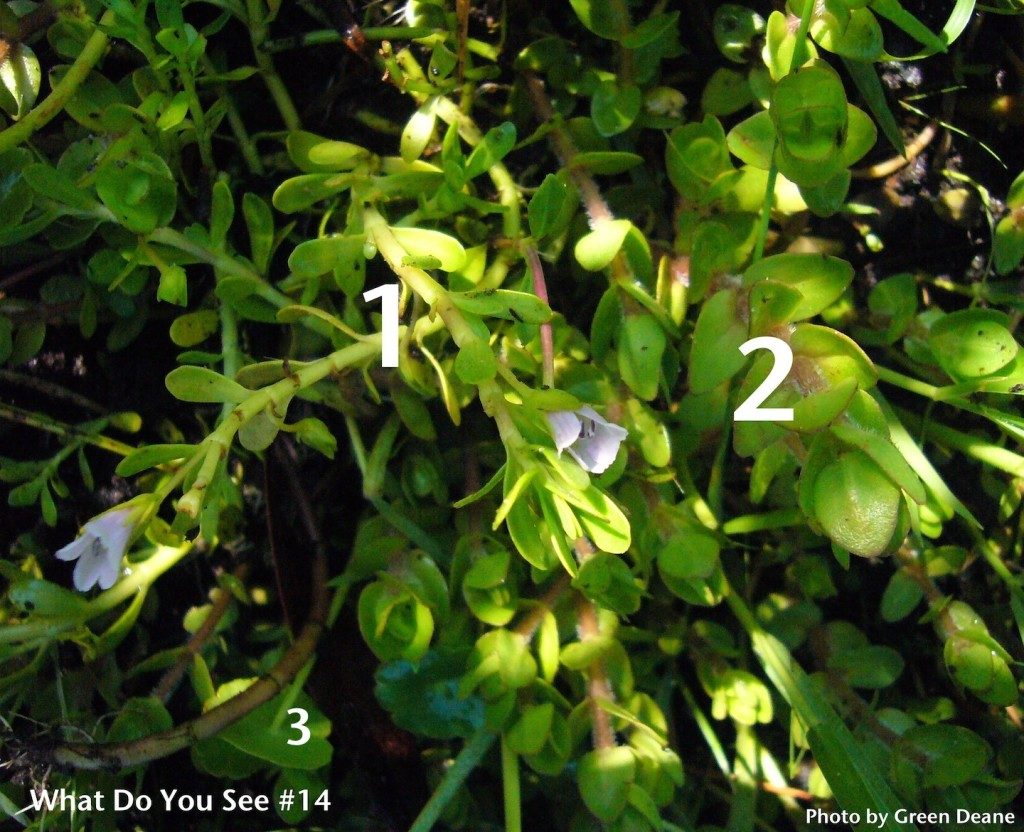
Upcoming foraging classes:
Saturday, June 14th, Boulware Springs Park, 3420 SE 15th St., Gainesville, FL 32641, 9 a.m.
Sunday, June 15th, Jervey Gantt Recreation Complex, 2390 SE 36th Ave., Ocala, FL, 34471, 9 a.m.
Sunday, June 22nd, Dreher Park, 1200 Southern Blvd., West Palm Beach, 33405, 9 a.m.
Sunday, June 29th, Bayshore Live Oak Park, 23000 Bayshore Rd., Port Charlotte, FL 33980, 9 a.m.
For more information about upcoming classes go here.
My foraging videos do not include alligators but they do cover dozens of edible plants in North America. The set has nine DVD. Each DVD has 15 videos for 135 in all. Some of these videos are of better quality than my free ones on the Internet. They are the same videos but many people like to have their own copy. I burn and compile the sets myself so if you have any issues I handle it. There are no middle foragers. And I’m working on adding a tenth DVD. To learn more about the DVDs or to order them click here.
On the Green Deane Forum we post messages and pictures about foraging all year long. There’s also a UFO page, for Unidentified Flowering Objects so plants can be identified. Recent topics include:Recent topics include: Sugar Pine Chewing Gum, Making my own Camphor, Bee Balm, What Is Your Favorite Flower To Eat? What Prunus? Deadly Poison Hemlock, Elderflower Class, Mulberry, Protecting Pawpaws from Pilfering, and Lemon Curd with a Chocolate Earthworm Crust. The link to join is on the right hand side of this page.
There was no newsletter June 3rd and this letter is shorter and less edited because of the activities of a would-be hacker. Hopefully thing will be back to normal by next week’s newsletter.

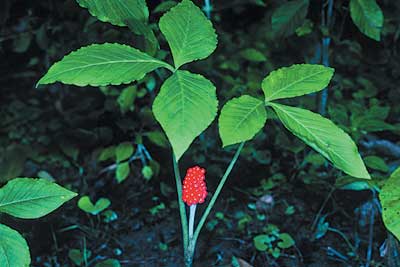
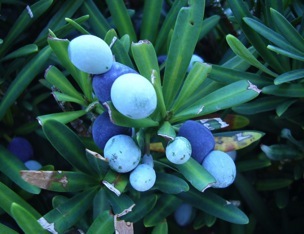
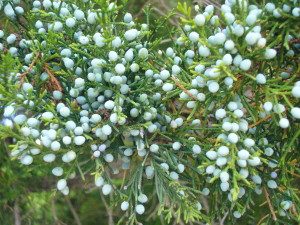
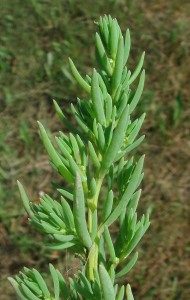
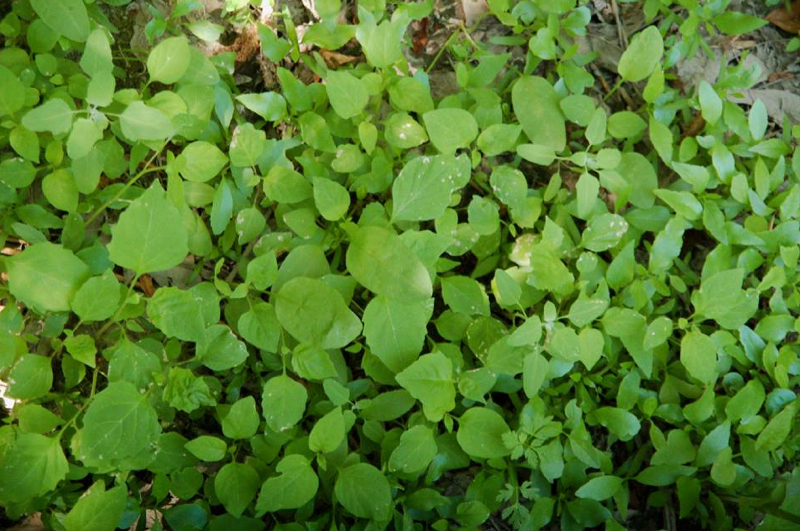



wish you had identified the items in can-you-see-them 15…
They are identified on the forum. And will be next week in the newsletter.
I really like your newsletter because your pictures are worth a thousand words! I.D. is sometimes impossible with drawings but the pics are wonderful. Thank you for this website.
Val
I would suggest common purslane as a potentially commercial plant. Easy to grow, self seeding, easy to transplant, keeps well, and eats well in addition to being nutritious!
Actually purslane is a commercial plant everywhere in the world except the United States.
I would love for Sorrel to be a commercial plant. It has a great flavour and nobody seems to have tried it (in Finland).
I liked Linda Adams reply about purslane becoming a commercial crop. My garden of domestic vegetables is doing extremely well this year even though many things are a bit off season. I pull bad weeds all the time but let purslane grow where it will and at times it appears to be taking over the plot. My friends see the purslane and ask why I let these ‘Weeds’ run wild. I of course explain and when they taste them often ask for a start for their own gardens. As Always, thanks for a wonderful website and the opportunity to share ideas.
Commercial crop weed -lambsquarters and Mulberries – I have so many friends who chop theirs down. I know some are sold commercially but what a waste just because the birds like to make a mess. How about some plants that are commercial but poorly known – Arugula which can turn into a wonderful weed- smells great when I cut it with my lawnmower, and borage another self-seeding plant that can go weedy. Tangential, yes.
I also wanted to ask – when you say Pellitory, do you mean Pennsylvania Pellitory and is that weed edible? It is a constant irritation in Illinois. Ugly and holy at the same time.
I usually link to Pellitory but I’ve written about it so many times these past few months I thought that would be over kill. I mean Parietaria floridana.
If I may, let me add, that I hope no wild edible plants make it commercially. Reason being, then some chemical company would start GMO’ing it, spraying it with chemicals, hybridizing it, etc, etc.. And we do not need anymore of that. Our wild foods and our organically grown Heirloom veggies and/or livestock are all we have left. And if any of you don’t know about GMO’s etc, research it. Don’t take my word for it.
Anyway, that’s my take. But what do I know?
Great news letter Green. Planted my Ground Cherry’s in my garden this evening. One already has a bloom, and they’re only 3 inches tall. Can’t wait.
old man saltbush, atriplex nummularia, is what i would recommend as the next bushfood product for supermarkets and greengrocers. . it is certainly a trailside munchie in australia, and can be purchased at some specialty stores like this one in the adelaide central markets. http://shop.somethingwild.com.au/bush-foods/outback-pride-fresh-saltbush-leaves-100g.html
How wonderful are those Jacks and Jills! Changing from males to females is one way of expressing the struggle for existence. I enjoyed reading your article “ Jack – in – the Pulpit and Jill” .I’ll go through it again – good new info. “elJack – el is the Arabic for the “ is the word to designate a person who tells a lie during conversation pointing to him to stop lying. Interestingly, this too maybe linked with the “Devel” as you have menyioned in naming this plant. My people associate devels with liers. With respect to seasonal changes, here in my country some of the farmers who depend on rain for irrigation still predict the approach of the rainy season by looking at the sky and location of stars specially Chandelier – locally called “Thurrya”. They tell if the coming rainy season will be successful in terms of harvest with respect to grains like sorgum, sezamum “Simsim” or cotton. They can foretell if the rainy season is coming as usual or earlier or late . Finally I join the majority who nominate the “nutritional power house” as was once you have correctly described (Article: Purslane: Omega 3 Fatty Weed).. Moreover, it is my favourite dish when cooked and my people are so impressed by its nutritional use in providing them with strength that it is named “IRON”.
Good ol’ Home Depot sells Purslane- as an ORNAMENTAL!! …little does the purchasing dept. know; }-<
It is usually the wrong species. You want yellow blossoms not orange, red or pink. If you do eat those tell how they taste, if you don’t get too sick.